How to Improve Clinical Trial Timelines (Without Burning Out Your Team)
Real-world tips to streamline your timelines while supporting your staff’s well-being.
Clinical trial delays are costly—not just financially, but in terms of morale, burnout, and missed opportunities for patients. The good news? Improving your timelines doesn’t have to come at the expense of your team. Here are practical, people-first strategies to keep trials on track without overloading your staff.
1. Start with Realistic Planning
Why it matters: Rushed or unrealistic timelines create stress and lead to protocol amendments.
Try this: Build buffers into key milestones and get cross-functional input before finalizing timelines. Create planning templates that factor in startup delays, regulatory reviews, and enrollment variability.
2. Prioritize Protocol Clarity
Why it matters: Complex or vague protocols slow site onboarding and confuse staff.
Try this: Use plain language where possible. Include a visit schedule summary table, flowcharts for complex procedures, and FAQ-style sections for sites.
3. Streamline Site Communication
Why it matters: Confusing or infrequent communication leads to errors, rework, and wasted time.
Try this: Set up weekly touchpoints, use consistent formats for site updates, and establish clear escalation paths. Consider a central communication hub for key documents and FAQs.
4. Train With Intention
Why it matters: Generic or rushed training leads to poor protocol compliance and slower startup.
Try this: Tailor training to roles and use practical examples. Offer recordings and quick-reference guides to reduce meeting fatigue.
5. Monitor Metrics That Matter
Why it matters: Chasing the wrong KPIs wastes time and effort.
Try this: Focus on actionable metrics like enrollment rate per site, average query resolution time, and protocol deviation trends. Use dashboards that your team can actually understand and use.
6. Empower Your Team to Flag Risks Early
Why it matters: Delays often result from unresolved bottlenecks that staff didn’t feel empowered to raise.
Try this: Foster a no-blame culture and build regular "risk huddles" where team members can raise concerns early. Document and track risk mitigation steps.
7. Use the Right Tools—But Don’t Overdo It
Why it matters: Too many systems can slow you down instead of speeding you up.
Try this: Streamline your tech stack. Pick tools that integrate well and match your workflow. Offer onboarding sessions for new platforms to reduce tech frustration.
8. Protect Focus Time
Why it matters: Constant meetings and emails lead to errors and burnout.
Try this: Block focus time on calendars for deep work. Encourage "meeting-free" hours and set clear boundaries for response times.
9. Reflect and Iterate
Why it matters: Without feedback, timelines will keep slipping for the same reasons.
Try this: After major milestones, hold brief retrospectives to identify what worked and what didn’t. Use these insights to improve planning for the next phase.
Disclaimer: This blog post is for informational purposes only and does not constitute regulatory, legal, or medical advice. Clinical trial procedures should be tailored to your specific study and reviewed by qualified professionals.
